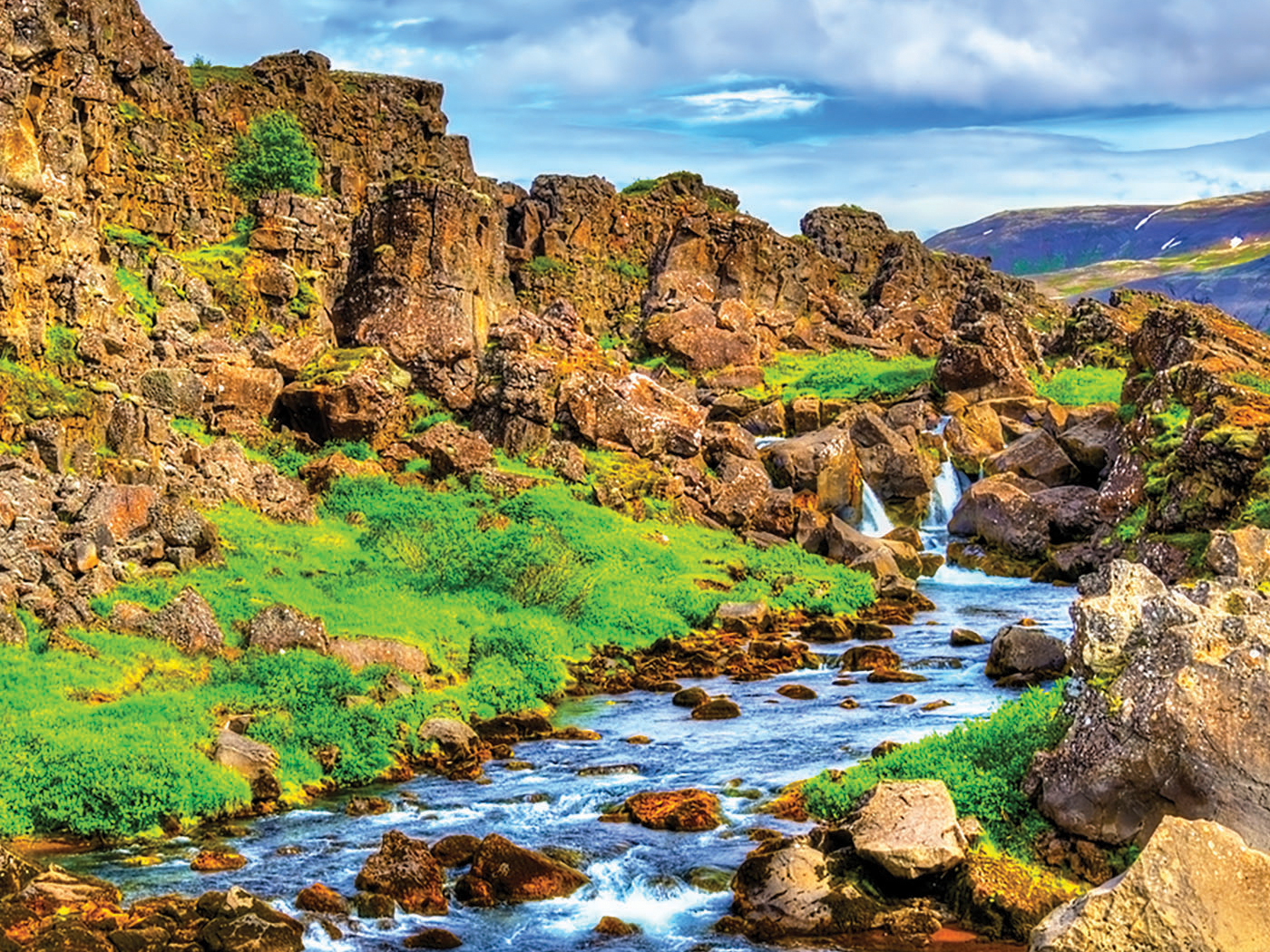Background
Admiral Robert FitzRoy is better known as the Captain of HMS Beagle, the ship that carried Darwin on his famous voyage. FitzRoy was born into a notable royal family line and gained command of a ship at the young age of 23, mainly through his exceptional ability, and only partly from his lineage. He could in fact trace his ancestors back through the Royal line of Charles II, and Barbara Villiers, the Duchess of Cleveland, and he was also a nephew of Lord Castlereagh. He was later nominated to fellowship of the Royal Society for his hydrographic and chronographic survey, and was also chosen as the first Chief Statist of the newly formed Meteorological Department of the Board of Trade in the UK (Now the UK Meteorological Office). Throughout his life he had a strong sense of Christian duty and desire to protect life, especially the lives of fellow sailors, and he was a pioneer in the development of a system of storm warnings around Britain following the Royal Charter naval disaster, and was the first to produce and issue regular weather forecasts.
FitzRoy was born on July 5, 1805, at Ampton Hall, Suffolk, and trained at the Portsmouth based Royal Naval College, formerly the Royal Naval Academy founded in 1733. He gained the distinction of being the first student to win the gold medal from this long established institution with a 100 percent pass rate, demonstrating the ability of an extraordinary scholar.1 Supporters of Darwin later tried to rubbish his reputation, but FitzRoy is now recognized as a man of exceptional scientific ability.
In 1828 he took command of HMS Beagle, and three years later in 1831 he began his most famous second voyage. This was the journey that carried the naturalist Charles Darwin on expedition to South America and the Galapagos Islands. FitzRoy also became a more devout Christian and was later a major critic of the theory of evolution following the publication of Darwin's book The Origin of Species, in 1859.
The voyage of the Beagle was commissioned and organized by Admiral Francis Beaufort and left Plymouth on December 27, 1831. However, the original plan of FitzRoy had been to arrange a trip at his own expense to carry three natives back to Tierra del Fuego. Lavallee has previously shown in an Impact article how these three had been brought to England from the previous voyage, and FitzRoy's plan had been to educate them as Christians and send them back with two missionaries.2 The Navy took over the organization of the trip, and it was to last much longer than any had expected. Its main naval purpose was to survey the coast and waters of South America, so that accurate charts could be drawn of the southern passage, this for reasons of maritime safety.
Beagle Voyage
The young Darwin joined the Beagle as the ship's naturalist and companion of the Captain, following the recommendation of his former Professor, John Henslow. FitzRoy and Darwin remained friends for many years after. While FitzRoy was examining the coast on this long trip, Darwin was expected to survey the surrounding geology, flora, and fauna. Both FitzRoy and Darwin wrote up the exploration of the Beagle in a three-volume work, known as the Narrative of the Surveying Voyages of His Majesty's Ships Adventure and Beagle. FitzRoy wrote the first two volumes with Darwin the third (although the first volume mainly used edited material from Parker King and Pringle Stokes). What unfolds from FitzRoy's account is that he seemed at first unsure of the truth of Genesis and was in fact responsible for giving Darwin a copy of Lyell's book Principles of Geology to read on the long voyage, a decision he later bitterly regretted. Despite his early years of doubt, FitzRoy later became a strong Christian and humanitarian. He commented,
I suffered much anxiety in former years from a disposition to doubt, if not disbelieve, the inspired History written by Moses. I knew so little of that record, or of the intimate manner in which the Old Testament is connected with the New, that I fancied some events there related might be mythological or fabulous, while I sincerely believed the truth of others; a wavering between opinions, which could only be productive of an unsettled, and therefore unhappy, state of mind.3
Some have suggested that marriage to a devout wife changed FitzRoy's view from doubter to preacher, but from the Narrative it seems that the geological evidence observed first hand on the voyage was a major influence in changing his mind to accept the literal truth of Genesis. In April and May, 1834, FitzRoy commanded a trip up the Rio Santa Cruz in whaleboats to survey the river course with Darwin a passenger. On his return to England, FitzRoy reported these findings to the Royal Geological Society and wrote up his survey in the Narrative showing him to be an able geologist. FitzRoy comments,
Is it not remarkable that water-worn shingle stones, and diluvial accumulations, compose the greater portion of these plains? On how vast a scale, and of what duration must have been the action of those waters which smoothed the shingle stones now buried in the deserts of Patagonia.4
Though the bed of the river is there so much below the level of stratum of lava, it still bears the appearance of having worn away its channel by the continual action of running water. The surface of the lava may be considered as the natural level of the country, since, when upon it, a plain, which seems to the eye horizontal, extends in every direction. How wonderful must that immense volcanic action have been which spread liquid lava over the surface of a vast tract of country.5
From these observations it appears that FitzRoy was beginning to see catastrophes at work in shaping the landform, both in terms of the action of water and volcanoes. But it seems that evidence of shells found in mountain rocks was foundational for FitzRoy in coming to accept the literal nature of the Genesis Flood.
It appeared to me a convincing proof of the universality of the deluge. I am not ignorant that some have attributed this to other causes; but an unanswerable confutation of their subterfuge is this, that the various sorts of shells which compose these strata both in the plains and mountains, are the very same with those found in the bay and neighbouring places . . . these to me seem to preclude all manner of doubt that they were originally produced in that sea, from whence they were carried by waters, and deposited in the places where they are now found.6
After the voyage FitzRoy continued to visit Darwin at Down House in Kent regularly until the spring of 1857,7 but their friendship became severely strained following the publication of Darwin's book in November 1859. FitzRoy became a major critic of his friend's work, and although he suffered from depression and a sharp temper he never bore grudges and showed compassion to those he disagreed with. In December 1859, FitzRoy began an exchange in The Times criticizing the dating of stone tools found near the river Somme, these dated to 14,000 years BP. This exchange was under a pseudonym Senex, from the Latin nemo senex metuit louem, meaning, "An old man should be fearful of God."8
1860 Oxford Debate
In June of 1860, some six months after Darwin published his Origins book, a famous debate took place in Oxford, England, with notable speakers Bishop Samuel Wilberforce and Thomas Huxley. The Bishop, the son of the anti-slave campaigner William Wilberforce, was not a scientist, but instead was briefed by Richard Owen, founder of the Natural History Museum in London. This meeting was held by the British Association and was attended by a packed audience of some one thousand people. Things turned sour, and followers of Darwin and Huxley later claimed victory, although the evidence does not really support this and exactly what happened and who won is still open to debate. Times were changing and Huxley's rudeness to a leading Bishop, with his fierce, rhetorical style won him popularity from the audience.
FitzRoy also spoke at this emotionally charged meeting. At the end of the meeting FitzRoy is reported to have held a heavy Bible above his head like an Old Testament prophet and "implored the audience to believe God rather than man,"9 commenting that Darwin's work caused him "the acutest pain."10 The official report in The Athenaeum records FitzRoy as saying that ". . . [he] regretted the publication of Mr. Darwin's book and denied Professor Huxley's statement that it was a logical arrangement of facts."11
FitzRoy seems to have been shouted down for his comments, and Lady Brewster, overcome by the heated atmosphere and passion created, fainted and had to be carried out.12
FitzRoy's contribution to the debate seems to have been most memorable. Julius Carus in a private letter to Darwin some six years later comments that,
I shall never forget that meeting of the combined sections of the British Association when at Oxford in 1860, where Admiral FitzRoy expressed his sorrows for having given you the opportunities of collecting facts for such a shocking theory as yours.13
Sir David Brewster, a co-founder of the British Association was also a strong opponent of evolution and in private correspondence to FitzRoy, commented that,
Darwin's book and the essays and reviews are most alarming proof of the infidelity and rashness of distinguished men.14
Some time later in another correspondence with Brewster, FitzRoy referred to Revelation 13 likening Darwin's theory of evolution to the "beast rising up out of the sea . . . opening his mouth in blasphemy against God."15
FitzRoy was an exceptional scholar and scientist, and a fierce and important critic of Darwin's theory of evolution, disputing the facts that Darwin presented. Supporters of Darwin later attacked FitzRoy's reputation because it was recognized that the Captain of the Beagle's comments could do enormous damage to the theory of evolution. Nevertheless, FitzRoy was a notable scientist and supporter of Flood geology and Special Creation.
Endnotes
- Gribbin, J. & M., FitzRoy, Review, Headline Book Publishing, p. 23, 2003. Comments by Professor Inman.
- Lavallee, L. "The Voyage of the Beagle -- In the Creator's Service," Impact 358, ICR, April 2003.
- Gribbin, J. & M., ref. 1, p. 79.
- Ibid., p. 155.
- Ibid., p. 156.
- Ibid., p. 163.
- Barlow, D., "The Devil within: Evolution of a tragedy," Weather, Royal Met. Soc., vol. 52 (11), pp. 337-341, 1997.
- Gribbin, J. & M., ref. 1, p. 264.
- Reported in Cadbury, D., The Dinosaur Hunters, 4th Estate, Harper Collins, London,
p. 310, 2000. - Barlow, ref. 7. Sourced from: Origins of Meteorology: An analytical catalogue of the correspondence and papers of the first Government Meteorological Office, under Rear Admiral Robert FitzRoy, 1854-1865, and Thomas Henry Babington 1865-1866, of the successor Meteorological Office from 1867, primarily during its first two years under the Scientific Committee appointed by the Royal Society, and of registers of Instruments issued by successive Meteorological Offices from 1854 to c. 1915. Held at the Public Records Office, Kew, England.
- The Athenaeum, 14th July. 1860. From www.oum.ox.ac.uk/debate4.htm --Accessed July 2005 -- Website of the Oxford University Museum of Natural History.
- Cadbury, D., ref. 9, p. 310.
- Letter from Julius Carus to Charles Darwin, 15th Nov. 1866, (From Gribbin, J. & M., ref. 1, p. 325.)
- Barlow, ref. 7, (Source as ref. 10).
- Barlow, ref. 7, (Source as ref. 10).
* Andrew Sibley is a Meteorologist working for the Met Office in the UK. He has a Masters of Science and is a Council member of the Creation Science Movement.














